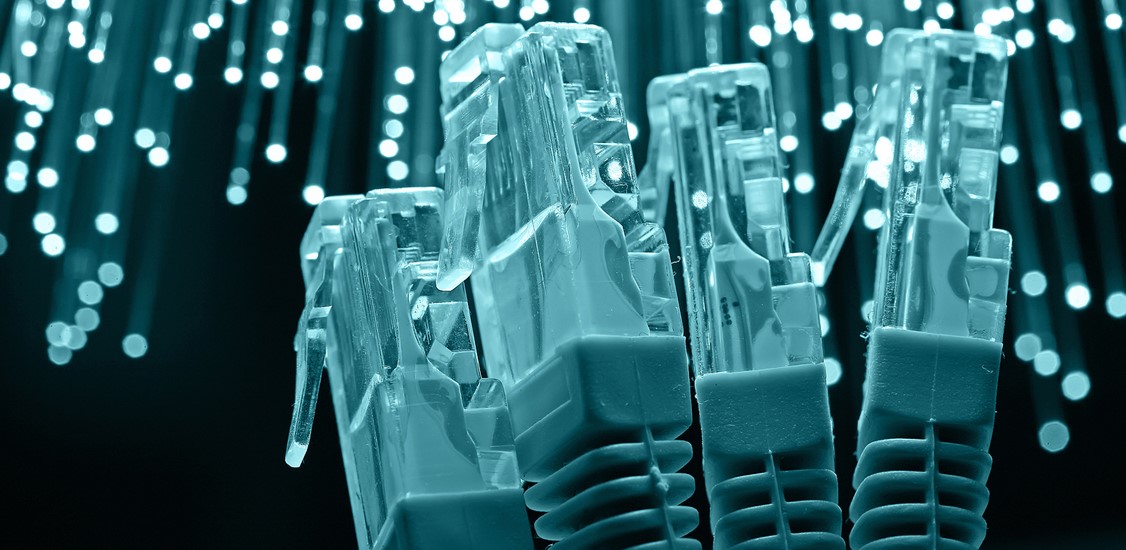In my job, I get the chance to listen to a lot of different voices across industries, and the word on everyone’s lips these days when it comes to broadband is fiber.
Fiber is more than internet access and playing video games. It's everything we will ever do moving forward. As fiber-fed speeds spur innovation across industries, virtual healthcare will go from just a person on a screen to a more real-life experience. Kids will be able to learn about more of the world from anywhere. People have a vision for the future of communication; by now, they know fiber is the tool to get there.
We have a historic opportunity to have monumental effects on society: $65 billion in government broadband funding is now in the hands of the states, ready to spend. But not all broadband is created equal, and increasingly louder voices are insisting those funds should go to fiber. Everyone’s talking about fiber because it’s our best chance to future-proof this historic investment with the best broadband option to benefit society.
The tech-neutrality debate is over
When discussing government funds for broadband, we have to start with the government definition. Currently, Federal Communications Commission (FCC) regulations consider any internet service provider with speeds of 25 megabits per second (Mbps) for downloads and 3 Mbps for uploads as “broadband.” These speeds may be adequate for online browsing, email and video streaming on a single device but not for multiple users on several devices in a single household.
In March 2021, a group of U.S. Senators sent a bipartisan letter to the Secretaries of Agriculture and Commerce, among other federal leaders, to petition that the definition be changed to 100/100 Mbps. In June 2022, a representative from Biden’s broadband infrastructure deployment team explicitly stated the U.S. Commerce Department’s preference for fiber over other technologies. According to Fiber Broadband Association CEO Gary Bolton, “The market and our government have finally come to the conclusion that if it’s not fiber, it’s not broadband.” The debate around whether or not government funds should appear tech-neutral is coming closer to an end as more people recognize the long-term benefits of investing in the best broadband money can buy.
Only the near-symmetrical up and down speeds of fiber provide the most immersive experiences, which seems to be the direction of the technological future. Advancements in telehealth will cover more issues, but people in rural or unserved areas who have to wait for large companies to prioritize large buildouts will suffer more significant medical burdens. Advancements in education benefit individuals and society, but without equal access to top speeds, we risk deepening the digital divide. Fiber allows us to solve the problems for good rather than enable them.
Agriculture and manufacturing are talking about fiber
People are talking about fiber on the farms - not just the small farmer with 200 acres, but big companies like Land O’Lakes that have long been invested in rural broadband buildouts and closing the digital divide. Farms that extend across multiple environments have many opportunities for computerization and guided farming that could optimize large-scale food production for this country.
Fiber allows farmers to communicate using their technology, track trends in output and reach their full potential. Optimizing fertilizer use based on the number of planted seeds versus production targets and irrigation needs can improve the number of bushels per acre and produce more food. Fiber-connected farms also generate opportunities for more jobs, such as technicians, and allow companies to stay innovative. Fiber in rural communities sustains the future of the vital industries that feed us.
Transportation and energy are talking about fiber
From mobile robots to augmented and virtual reality and autonomous cars, only fiber broadband can support technological advances and make industries like transportation and energy safer and more efficient. Fiber will be the backbone of the automation industry for more scalable, flexible companies, more cost-effective processes, better safety standards and greater control over the entire supply chain. Fiber laid to the railroad station will allow real-time monitoring of high-speed trains to run faster without risk of collision. Fiber at the switching stations can prevent logistical issues. Even in general transportation, fiber-fed smart stoplights and metering systems at highway exits and entry points allow for smoother, faster and safer transportation.
From transporting energy for public use to turning windmills off and on at optimal speeds, fiber broadband can make wind energy production more efficient. Fiber to the oil wells allows teams to better monitor production, determine production zones and get real-time downhole data during operation to identify and resolve problems faster and make better decisions to optimize when, where and how to be the most economical. Fiber facilitates entire Smart Cities that support a growing population with automated solutions for waste management, safety and public transportation. With fiber to optimize more processes for more industries with less waste, even resolving larger societal goals, like sustainability, equality and closing the digital divide for good, comes closer within reach.
With so much talk about fiber, investors and consumers are starting to realize the benefits they stand to gain, and it will only accelerate from here. Fiber has taken the lead, innovation will drive it further and anyone without it will get left farther behind than ever before. Rather than digging up the streets again when some lesser quality broadband becomes obsolete, states are better off investing in fiber now so it lasts for generations and takes all communities into the future without leaving others stuck in the past. This $65 billion investment is taxpayer money — we all deserve to get the best possible option it can buy.






















